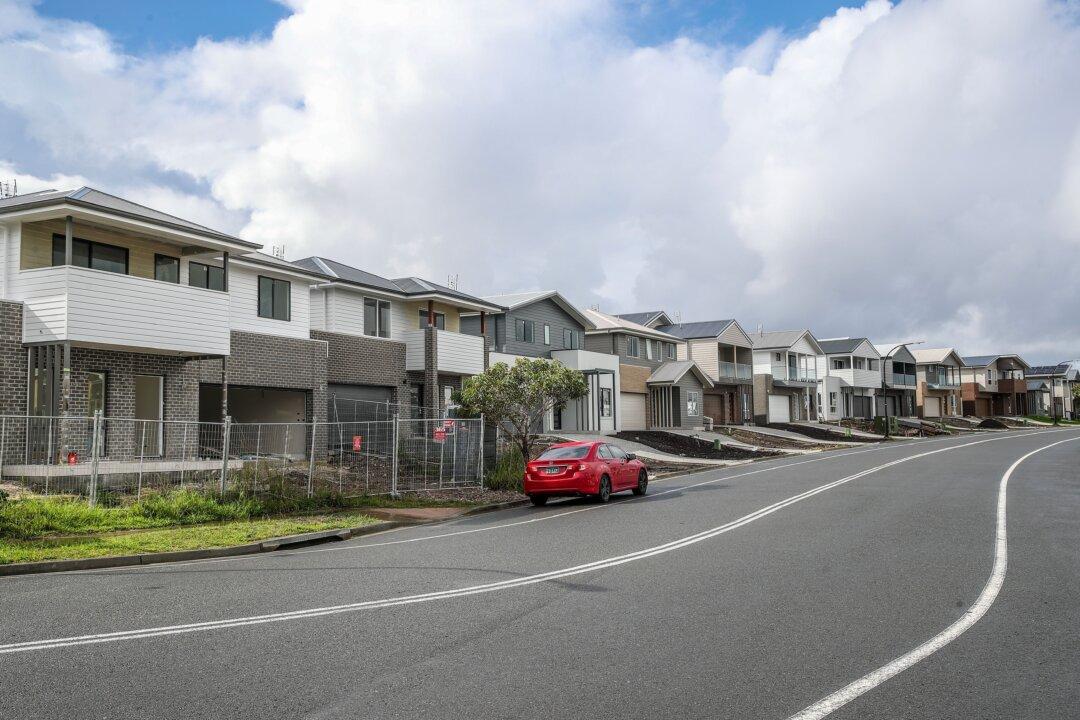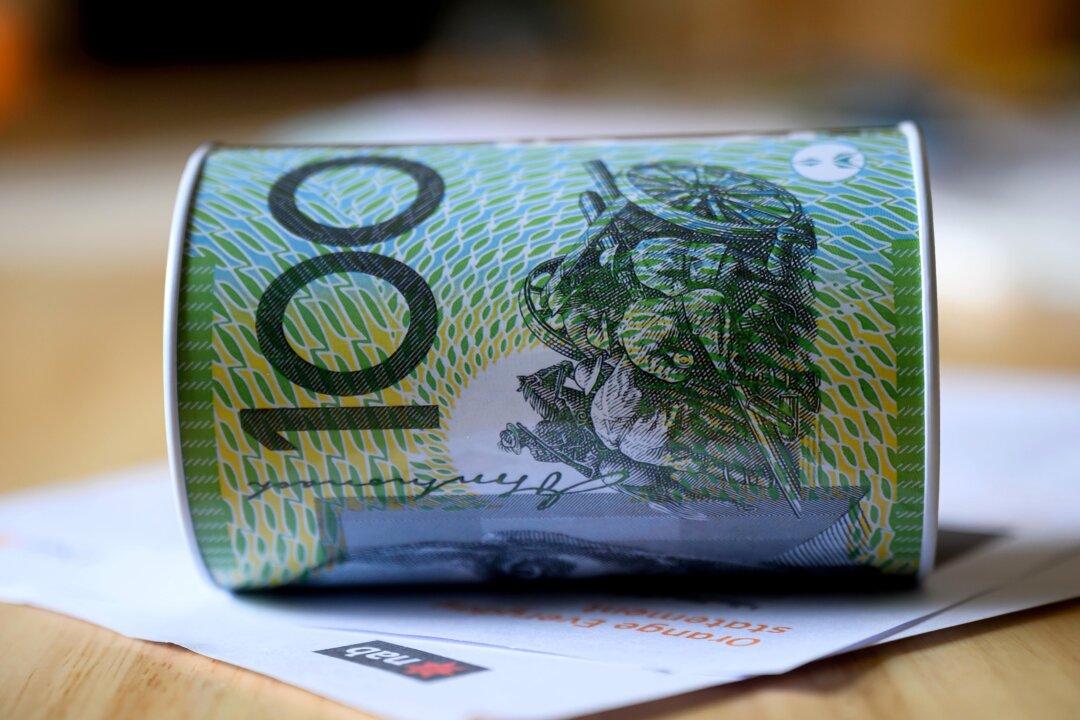Outer suburban markets are driving Australia’s housing price growth, as affordability pressures push buyers further from city centres.
New data from property analytics firm Cotality, formerly CoreLogic, shows that lower-priced areas on the outskirts of capital cities have significantly outperformed their inner-city counterparts over the past year.





